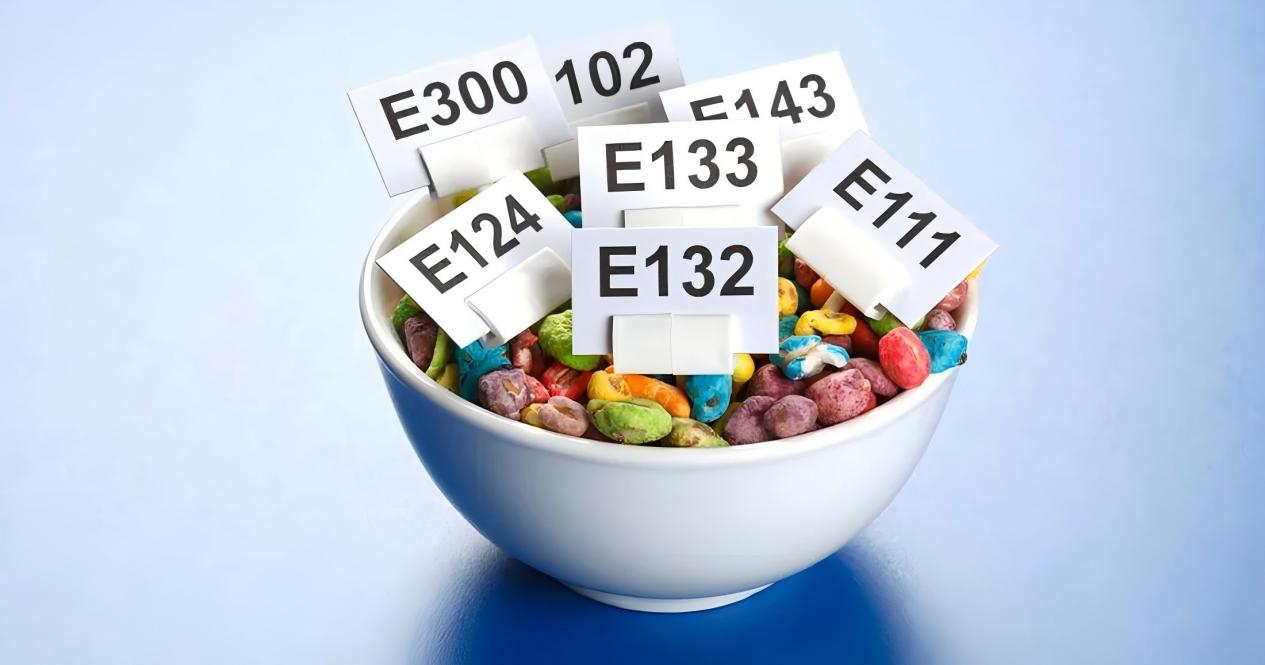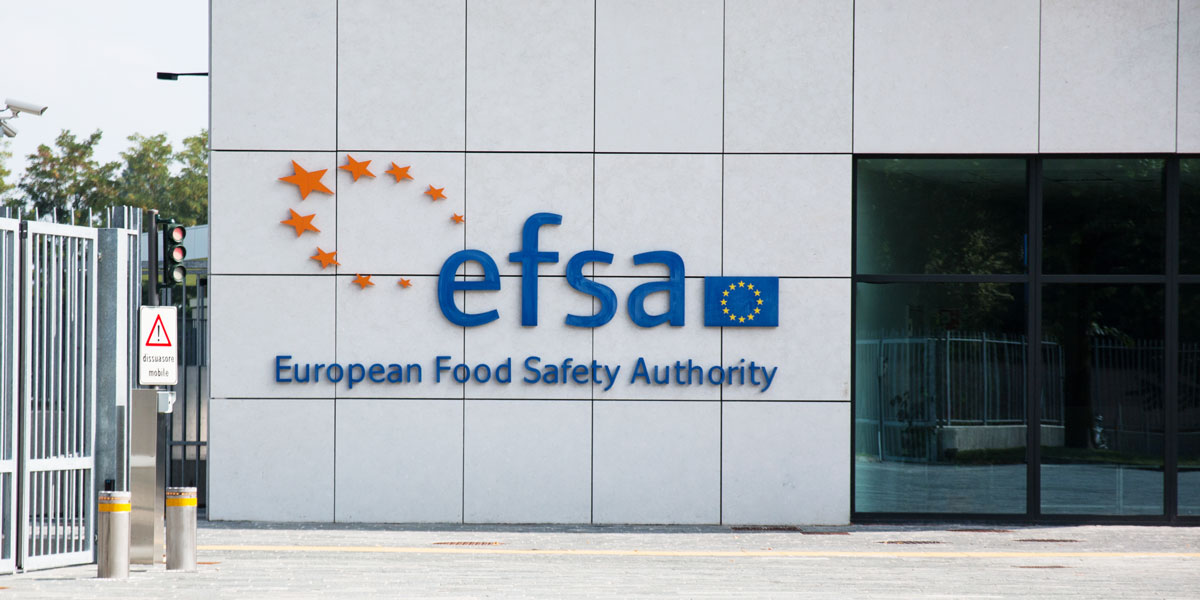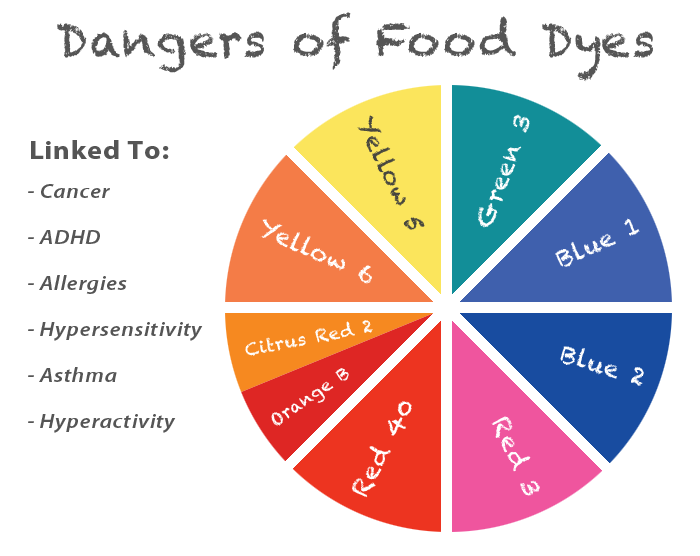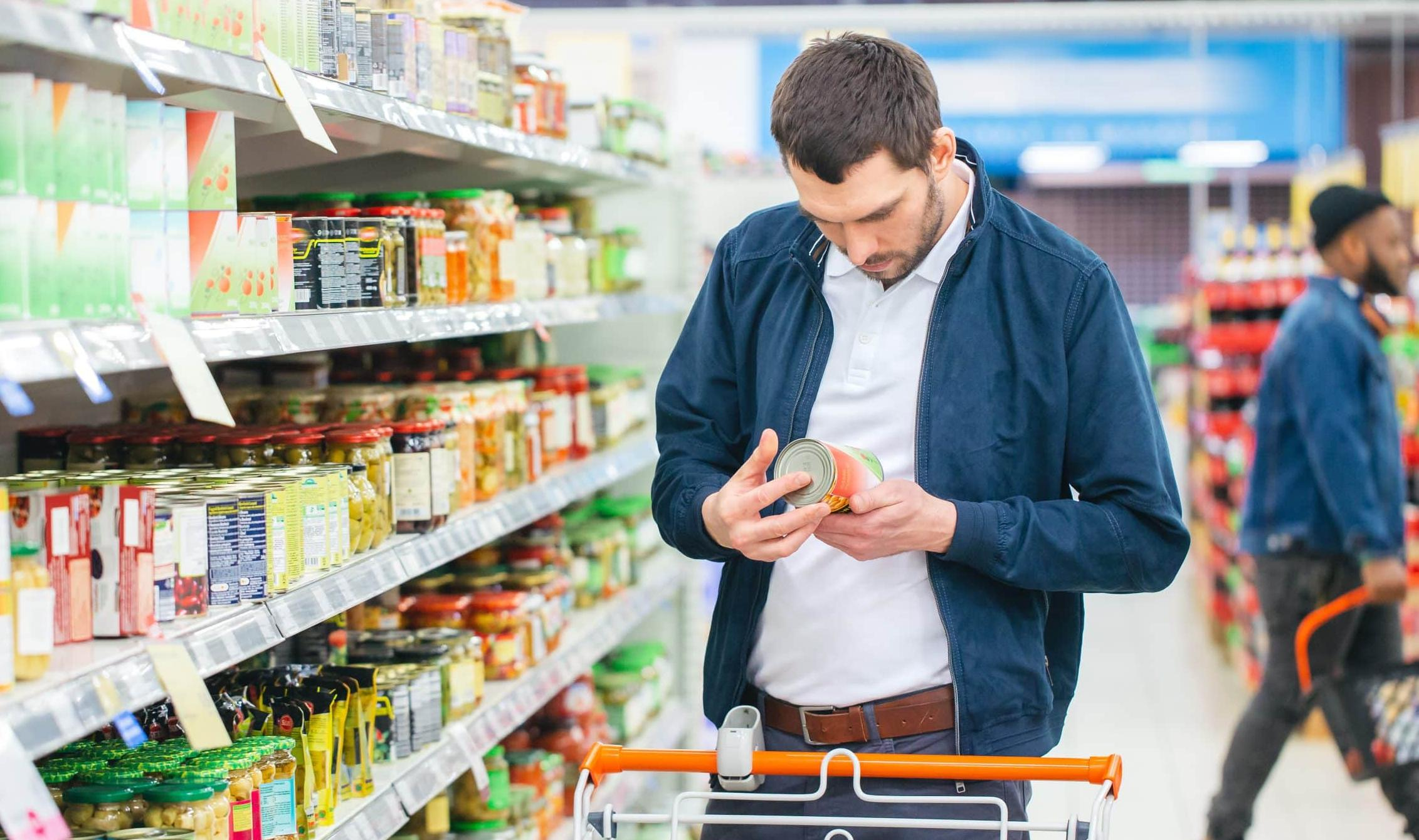1.Introduction
Artificial food colorants are widely used in the food industry to enhance the appearance of a wide range of products, from processed foods and beverages to candies and snacks. These additives make food more visually appealing and help maintain consistency in appearance across batches. However, their widespread use has sparked concerns about potential health risks, including allergic reactions, hyperactivity in children, and long-term effects on overall health. As a result, the European Union (EU) has implemented rigorous regulations to ensure the safety of artificial colorants in food products.

2. Definition and Classification of Artificial Food Colorants
Artificial food colorants, also known as synthetic colorants, are chemical compounds that are added to food to alter or enhance its color. Common examples include Red 40 (E129), Yellow 5 (E110), and Blue 1 (E133). These colorants differ from natural colorants, such as those derived from fruits and vegetables, in that they are chemically manufactured rather than naturally occurring.
Artificial colorants are classified into different groups based on their chemical structure and usage. The European Union uses an E-number system to categorize these additives. Food colorants are typically assigned E-numbers ranging from E100 to E199, each representing a specific colorant approved for use in food.

3. Approval Process for Artificial Colorants in the EU
Before any artificial colorant can be used in food products in the EU, it must undergo a thorough safety evaluation by the European Food Safety Authority (EFSA). EFSA assesses the scientific evidence available regarding the safety of the colorant, including potential toxicity, allergic reactions, and its impact on human health.
The approval process involves a detailed risk assessment, considering the maximum allowable daily intake, potential side effects, and whether the colorant is suitable for specific food categories. Only once a colorant has been deemed safe for consumption based on EFSA’s evaluation, it’ll be granted approval for use in food products. This process ensures that only those colorants proven to be safe are allowed in the market.

4. Label Requirements and Consumer Protection
The EU places significant importance on consumer protection, particularly when it comes to food additives. One of the key requirements for artificial colorants is clear and transparent labeling:
Mandatory labeling: Any food product containing artificial colorants must list the specific colorants used on the product label, often identified by their E-number.
●Warning labels: For certain colorants, especially those linked to potential behavioral effects in children, the EU requires a specific warning. For example, products containing certain colorants like E110 (Sunset Yellow) or E129 (Allura Red) must include the statement “may have an adverse effect on activity and attention in children.”
●Consumer choice: These labeling requirements ensure that consumers are well-informed about the ingredients in the food they purchase, enabling them to make informed decisions, especially for those concerned about potential health effects.

5. Challenges
Despite the robust regulatory framework in place, the regulation of artificial food colorants faces several challenges. One major issue is the ongoing debate over the long-term health effects of synthetic colorants, particularly concerning their impact on children's behavior and health. Some studies suggest that certain colorants may contribute to hyperactivity or allergies, leading to calls for further restrictions or bans on specific additives. Additionally, the rise in consumer demand for natural and organic food products is prompting the food industry to seek alternatives to artificial colorants. This shift has led to increased use of natural colorants, but these alternatives often come with their own set of challenges, such as higher costs, limited shelf life, and variability in color intensity.

6. Conclusion
The regulation of artificial food colorants is essential to ensuring consumer health and safety. While artificial colorants play a significant role in enhancing the visual appeal of food, it is important for consumers to have access to accurate information and be aware of any potential risks. As scientific research continues to evolve, it is crucial that regulations adapt to new findings, ensuring that food products remain safe, transparent, and aligned with consumer health priorities.

Contact:
Beijing Shipuller Co., Ltd.
WhatsApp: +86 178 0027 9945
Web: https://www.yumartfood.com/
Post time: Dec-05-2024